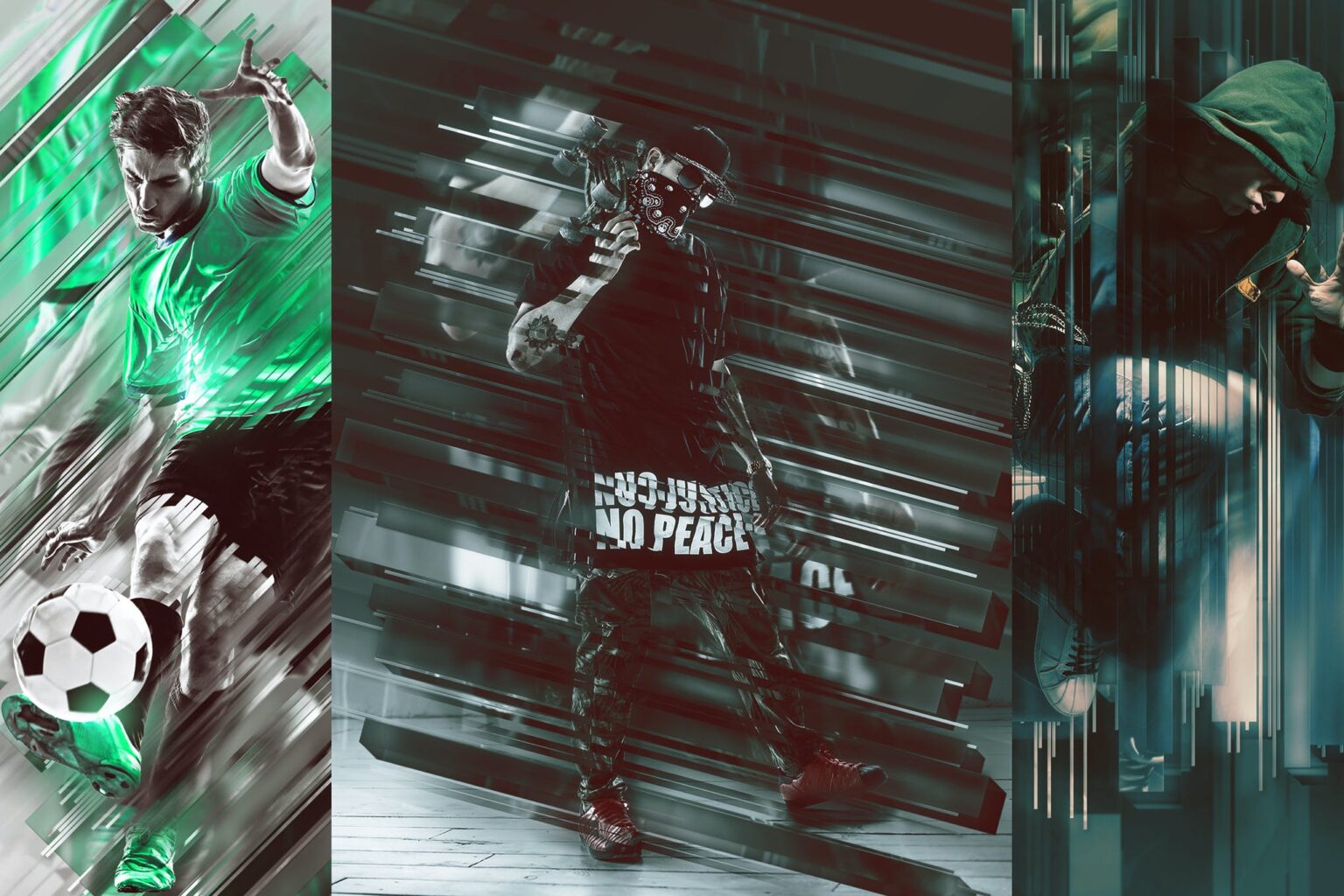


Right-click on the paint layer and select Create Clipping Mask. Create a new Layer above the reflection, Sample a color from the water, and then use the Brush Tool to completely paint over the reflection. Pay close attention to the spacing of the reflection! Estimate the distance between the subject and the surface of the water and then match that distance between the surface of the water and the reflection below.īefore we get into matching the reflection to the texture of the water, let’s first match the color.

Use the Transform Tool to vertically flip the copied subject and then position it below the original subject layer. We’ll use the copy to create the reflection below. Once you’ve positioned the subject in the background image, Duplicate the subject layer. Then we’ll add his reflection in the water below while matching the existing ripples and texture. We’ll be placing the man into the landscape, making it appear as if he’s levitating over the lake. In our example, we’re using a photo of a man (already cut out from the background) and a mountain landscape with a lake in the foreground. To make a reflection, you’ll need: 1.) a background image with a reflective surface, and 2.) a subject or object to mirror in that surface. Follow along and get some useful tips for compositing, coloring, and recreating textures.
#PHOTOSHOP REFLECTION HOW TO#
Create epic landscapes and fun conceptual shots with reflections in Photoshop! Learn how to make a subject levitate over water, add their reflection below, and then use a Displacement Filter to match the rippled texture.


 0 kommentar(er)
0 kommentar(er)
